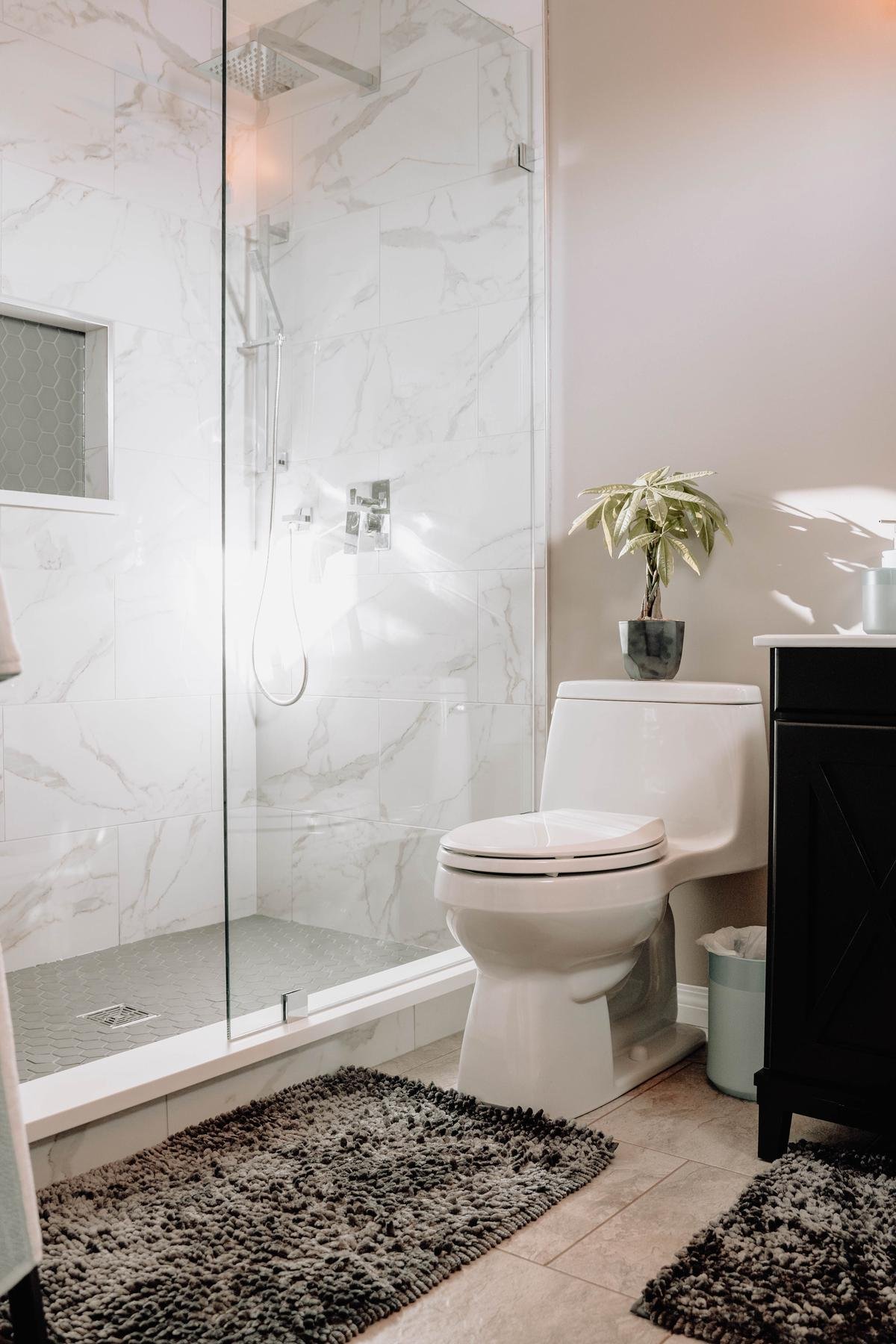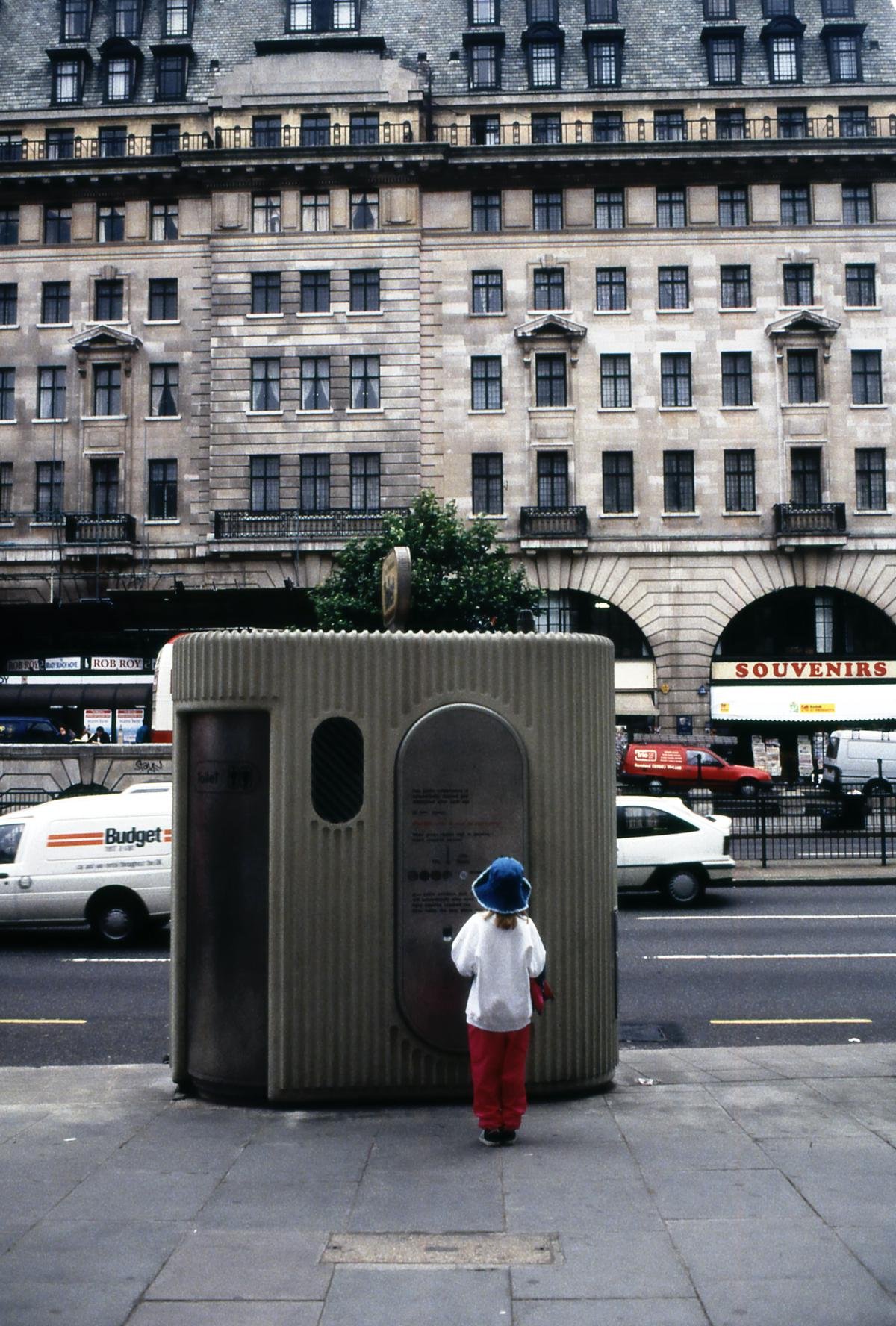
Toilet training is an important milestone in the development of every child, paving the way for independence and self-care. However, for children diagnosed with Autism Spectrum Disorder (ASD), this task can present unique challenges due to differences in their cognitive and sensory processing. The intricate nature of autism influences an autistic child’s readiness and ability to adapt to traditional toilet training methods, thus necessitating a different approach. The importance of understanding this unique learning curve, recognizing signs of readiness, opting for effective toilet training techniques and the crucial role of routine and structure will be covered in the subsequent sections. For those embarking on this journey, be prepared for occasional setbacks, but know that with perseverance and adaptation, success is achievable.
Understanding Autism and Toilet Training
Guide to Understanding Autism Spectrum Disorder and Toilet Training for your Little Ones
For any parent, toilet training represents one of those enormous leaps towards a child’s autonomy, a moment of extreme pride, and candidly, a sigh of relief. Now, any parent can relate, the process isn’t always smooth sailing. It’s filled with challenges, unpredictability, and for some, lots and lots of laundry.
But when you layer in Autism Spectrum Disorder (ASD), the journey can become even more complex. Let’s take some time with each other today to walk through this process, understanding the key intersections of ASD with toilet training. As in every facet of parenting, equipping oneself with knowledge can go a long way in fostering a nurturing and understanding environment for kiddos.
Autism Spectrum Disorder paints a broad range of conditions characterized by challenges with social skills, repetitive behaviors, speech, and nonverbal communication. Every child with autism is unique – while some require little-to-no support, others may need more comprehensive assistance throughout their lives.
One of the hardest tasks with parenting a child with ASD is navigating toilet training. Autism can affect the toileting experience due to sensory issues, fixation on routines, and challenges with motor skills, making an already difficult task even more daunting. But fear not, with patience and a tailored approach, significant strides can be made in this area.
Children with autism may find it difficult to grasp social cues, inhibiting them from understanding the social expectations of toilet hygiene. For starters, it is beneficial to lead by example, demonstrating correct bathroom hygiene steps visually. Using picture cards or a visual step-by-step guide placed in your bathroom can reinforce what they might be learning in a familiar and reassuring environment.
The sensory experiences that come with toilet training like the feel of the toilet seat, the sound of flushing, or even the smell might be overwhelming for a child with autism – it’s essential to acknowledge these challenges and work through them patiently. Gradual exposure using a gentle and understanding approach can help eliminate anxiety and resistance over time.
Routine is often of paramount importance for children with ASD. Using routine and structure to guide toilet training can be very useful. Fixed toilet breaks at specific times during the day, signaling these breaks with particular cues, and maintaining a calm and consistent environment can help foster successful toilet habits.
Motor skill challenges may make it more challenging for a child with ASD to manipulate their clothing during toilet use. Practice these skills outside the bathroom environment to reduce the pressure, gradually integrating them into toilet training as comfort levels rise.
Here is a comforting thought – just as there’s a vast range of symptoms and experiences within the spectrum of autism, there’s an equally wide range of techniques and strategies parents can employ to help their children navigate through toileting. Everyone learns at their own pace, and every small achievement deserves a celebration. So do remember, focus on the progress, not perfection, and aiming to cultivate a positive, stress-free environment is the most productive approach in this journey.
In these moments, let’s remember – parenting certainly isn’t a one-size-fits-all journey. Embrace that, breathe, and understand your child’s unique strengths and challenges. Mom, Dad, you’ve got this!

Photo by itfeelslikefilm on Unsplash
Recognizing Readiness
Understanding Your Child’s Signs of Toilet Training Readiness
Toilet training can be a significant milestone in any child’s life, and when you’re the parent of an autistic child, it can involve paying special attention to various factors. It’s crucial to pinpoint your child’s unique signs of readiness for this shift, ensuring they can embark on this journey with confidence and success.
One thing to note early on is that signs of toilet training readiness can vary wildly from child to child, and there is no universally applicable timeline. What one child might be ready for at two years old, another might not be prepared to tackle until they’re four or five. And that’s perfectly okay – your child’s journey is unique to them.
The key here is patience, acceptance, and keen observation. As parents, we ought to be observing our children meticulously, understanding the non-verbal cues, and decoding the signs that might hint at their readiness for toilet training.
First and foremost, your child must be physically able to take this step. The neurology and biology of autism can delay the development of bladder and bowel control. Keeping this in mind, we are looking for indications that your child can stay dry for at least two hours at a time during the day and can get through nap time without a diaper change.
Next, look for an interest in personal hygiene. Has your child begun showing curiosity about you or their siblings using the bathroom? Have they displayed a desire to ‘help’ change their diaper or developed an aversion to it when it’s soiled? These behaviors might be a sign that they’re ready to start.
Another sign of readiness for toilet training with an autistic child is if they seem bothered by diapers – this could be an indication that they’re ready for that transition to underwear.
Recognizing routine is another vital factor in determining readiness. An understanding of daily routine and predictability aids in the toilet training process. If you notice your child is starting to grasp the concept of everyday routines, it may be a good time to introduce the routine of using the toilet.
An essential sign of readiness in autistic children is the ability to follow simple instructions. Communication is critical in toilet training. For some children with ASD, language skills may develop at a slower pace, but as long as your little one can follow basic commands, it’s an excellent indication they might be ready for toilet training.
New transitions aren’t always smooth sailing, especially for children on the autism spectrum. As parents, it’s normal to feel some level of apprehension. Remember, there’s no rush. Understanding your child’s unique timeline, needs, and signs of readiness is paramount in guiding them along their toilet training journey. The key is to build a positive environment around this learning curve, offering reassurance, encouragement, and compassion. Celebrate every small step, and remember, every child blooms at their own pace.

Effective Toilet Training Techniques
Every child demonstrates their readiness for toilet training in their own unique way. Even more so for children on the autism spectrum, these signs can be highly variable. As parents, it is important to be patient, accepting, patient, and observant of these tell-tale signs of readiness. Often, a physical ability to control their bladder and bowel movements for extended periods is a strong indicator that it may be time to start toilet training.
Being equally alert to mental and emotional cues can prove highly beneficial too. An increased interest in personal hygiene and curiosity about bathroom activities are significant signs that your child is ready to start their toilet training journey.
While all toddlers might exhibit discomfort when wet or soiled, children with autism might display a more heightened response. If your child is bothered by the feel of diapers and shows a readiness for the transition to underwear, it might be time to start introducing the concept of toilet training to them.
Routine and predictability often provide security to those on the autism spectrum. If your child has a grasp of routine and predictability, it can be a key indicator that they’re ready for the toilet-training journey, as this process greatly relies on these two factors.
Toilet training, like all new experiences, is a process that requires a child to follow instructions. Therefore, one of the cues that your autistic child may be prepared is if they have the ability to follow simple instructions. On the other hand, if your child is highly resistant to instructions, you might want to pause and tackle this challenge first.
At times, new transitions can be overwhelming and create apprehension in children on the autism spectrum. Therefore, it is imperative to approach toilet training with understanding and plenty of patience. Remember, every child’s timeline is unique and should be respected.
A crucial aspect to remember while toilet training an autistic child is to create a positive, stress-free environment. Celebrate small steps, and remind yourself that this is a major accomplishment for your child.
In conclusion, the journey of toilet training your child with autism can be both challenging and rewarding. Remember, every child is unique, has their own timeline, and responds differently to various methods. They require understanding, patience, positivity and a great deal of love from you. Most importantly, remember to celebrate all their milestones, however small they may be! This will encourage them to keep progressing and make the entire journey much more enjoyable for both you and your child. Ultimately, toilet training is just one small step in the beautiful journey of parenting your special child, and it is certain to be filled with learning, love, and countless memorable moments.

Role of Routine and Structure
Routine and structure cannot be emphasized enough when it comes to training a child with Autism Spectrum Disorder (ASD). This is primarily because children with ASD thrive on the predictability that a routine provides. It helps them navigate life with more ease and reduce anxiety prompted by the unfamiliar.
A structured routine fosters a sense of security for a child, allowing them to understand what’s expected of them, thereby creating an environment conducive for toilet training. In fact, an established routine can work wonders in guiding an anxious child through the daunting process of toilet training. Especially for autistic children, who often struggle with transitions, predictable schedules can lead to smoother progress.
A very viable approach is to incorporate bathroom breaks into the child’s daily routine. Having specific and recurring time slots for the child to visit the toilet helps them associate these times with toilet use. Essentially, this serves as their body’s signal that it’s time to eliminate.
Moreover, building a structured environment that caters to the child’s unique sensory needs can be instrumental. This includes considering the temperature of the room, the lighting, the softness of the toilet seat, the sound of flushing water, etc. With a personalized and comfortable setting, the child is more likely to feel at ease and approach the toilet training process positively.
It’s important to remember that each child is unique and will adapt to routines at their own pace. However, regular practice following the same set of steps will gradually foster toilet readiness. For example, the routine might start as a playful demonstration, followed by assisting the child to sit on the potty, and finally, the actual act of using the toilet.
Consistency, patience, flexibility, and lots of love are the primary ingredients for a successful toilet training journey. It might take longer than expected, there may be setbacks, but every small step forward, every minor victory is worth celebrating. The role of caregivers in creating a positive, reassuring, and consistent atmosphere cannot be overstated in fostering toilet readiness and independence in autistic children.
In conclusion, toilet training is a journey of trials, errors, and successes. With structure and routine, however, it can definitely be a less daunting and more manageable endeavor. Remember, every child on the spectrum has unique abilities and challenges but with a warm, loving, and patient approach, toilet training can become one of the many triumphs in the child’s development journey, one flush at a time.

Dealing with Setbacks
When it comes to navigating the road of toilet training with a child on the autism spectrum, sometimes knowing that there are bound to be setbacks and difficulties can keep you grounded in reality while fending off discouragement. It’s not uncommon for autistic children to take longer in this process. Maybe your kiddo was making great progress and then suddenly regressed. Don’t worry! You’re not alone!
Start with regrouping and reassessing. Look at your current approach and consider any adjustments needed. Did something change in your routine or environment that may have caused this upset? Remember, children with ASD often thrive on predictability and thrive within structured environments.
Next, take a step back and breathe. Know that setbacks are not defeats but opportunities to adjust your approach. Not every method will work for every child, especially when dealing with Autism Spectrum Disorder (ASD) since these children each have their unique abilities and challenges. Your child may need another way to learn or additional time to process the information.
Also, don’t forget to tend to your child’s unique sensory needs. Is there a factor that is causing discomfort or distress during the process? Look into creating a more personalized, comfortable setting for your child for toilet training. That might mean incorporating soft lighting, quiet music, or a special toy as part of the routine.
Most importantly, offer loads of reassurance and continued positivity. Keep the atmosphere light and motivating. Celebrate the progress they’ve made so far, regardless of any setbacks. Stickers, high-fives, or even a special song can do wonders for their confidence and willingness to keep trying.
The importance of the child-caregiver relationship in this area can’t be overstated. A comforting presence, consistency, and patience from caregivers will contribute significantly to your child’s progress.
Lastly, look at every setback as a stepping stone towards your child’s eventual success in toilet training. Embrace the journey with your unique little one, through all the trials and triumphs, knowing every small step forward is a significant victory in mastering this essential self-care skill.
But beyond everything, what’s most paramount is love. Love for your special child, through all the ups and downs, twists and turns of the toilet-training journey and beyond. Reflecting this unconditional love and patience in every doubt and every victory will turn this challenge into a beautiful, shared journey, rather than a hurdle to overcome. Let your child know you are there, proud of them, and eager to cheer them on every step of the way.
Finally, instead of focusing on the end goal of complete toilet independence, treat toilet training as a learning process. Encourage exploration and curiosity, learn with your child, and make it a journey full of love, patience, and memorable moments. It’s not just about the destination – the journey matters too. The toilet training period is just a tiny fraction of your wider parenting journey – a journey full of learning, understanding, love, and countless joyful moments. Cherish it.

While toilet training an autistic child comes with its own set of unique challenges, it is important to remember that these children, like all others, have the capability to learn and grow. The key lies in developing an understanding of their specific needs, recognizing their readiness, adapting effective toilet training techniques, and integrating a routine that benefits their structure-oriented minds. Though setbacks may occur, they are all just part of the process. Approach each stumble as an opportunity to learn, adapt your strategies, and reaffirm your commitment toward your child’s developmental journey. The journey of toilet training an autistic child is a combined effort of patience, perseverance, understanding, and a lot of love. So stand strong and believe in your child, because every small step towards independence is indeed a leap towards their brighter future.




